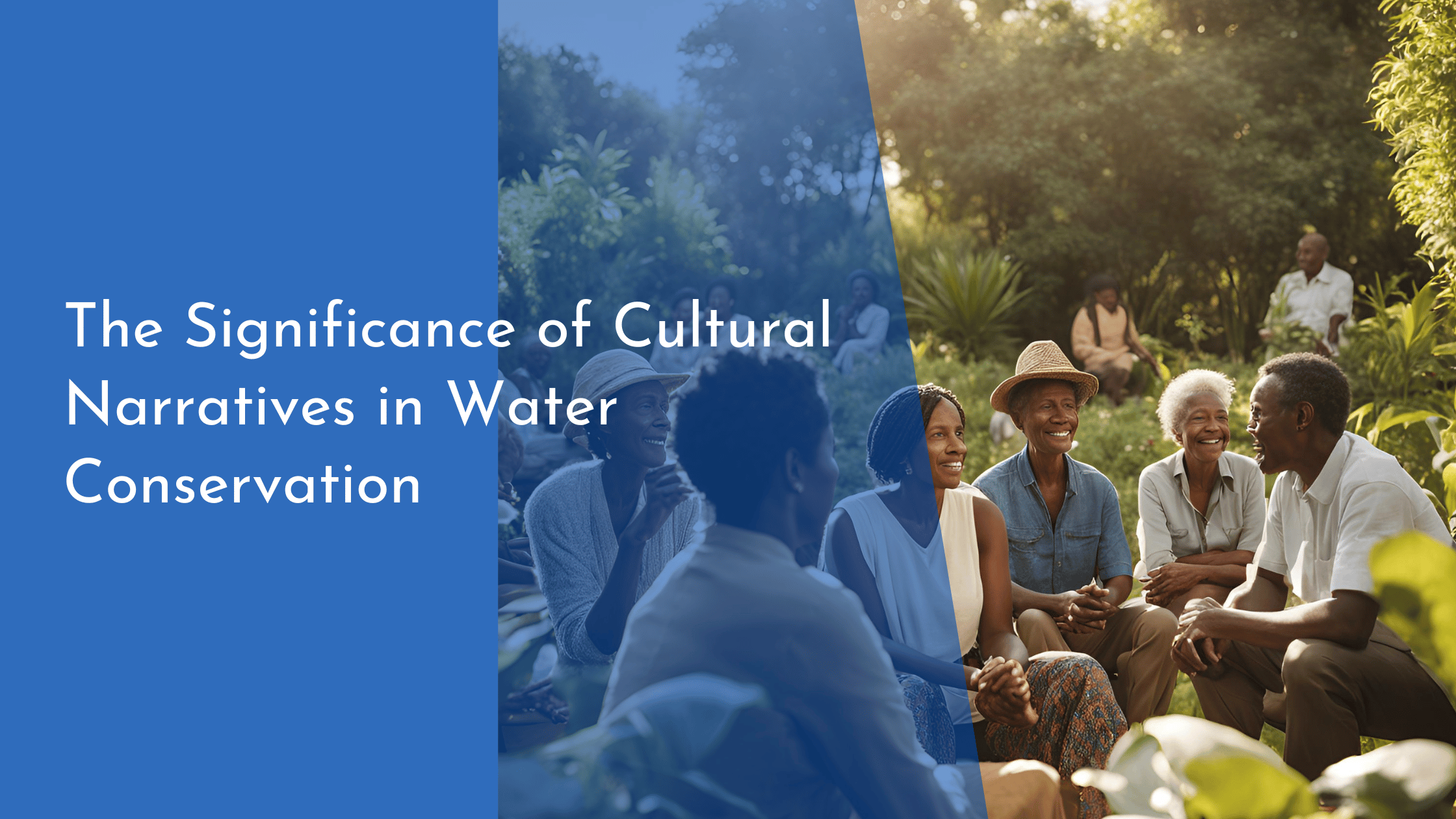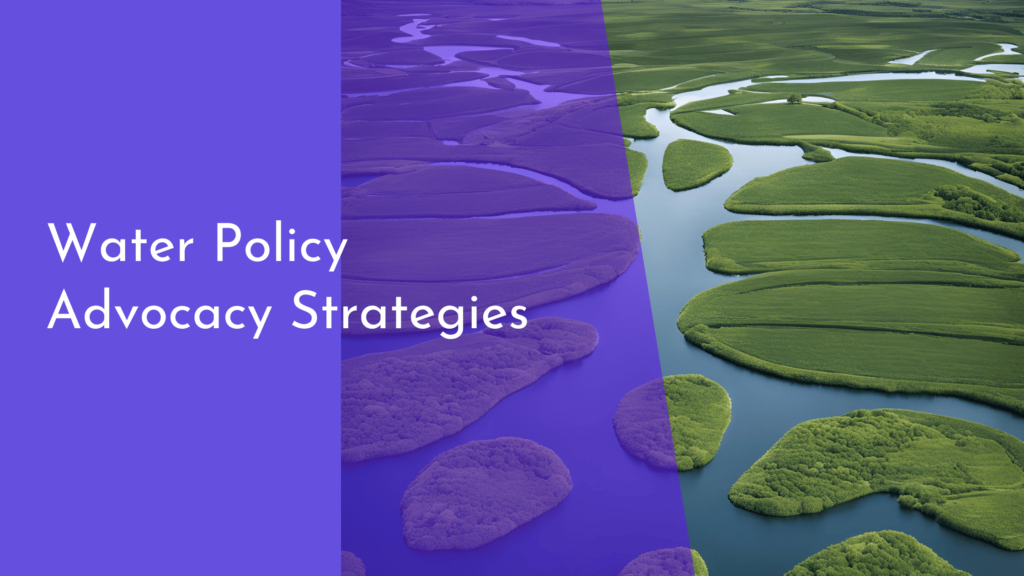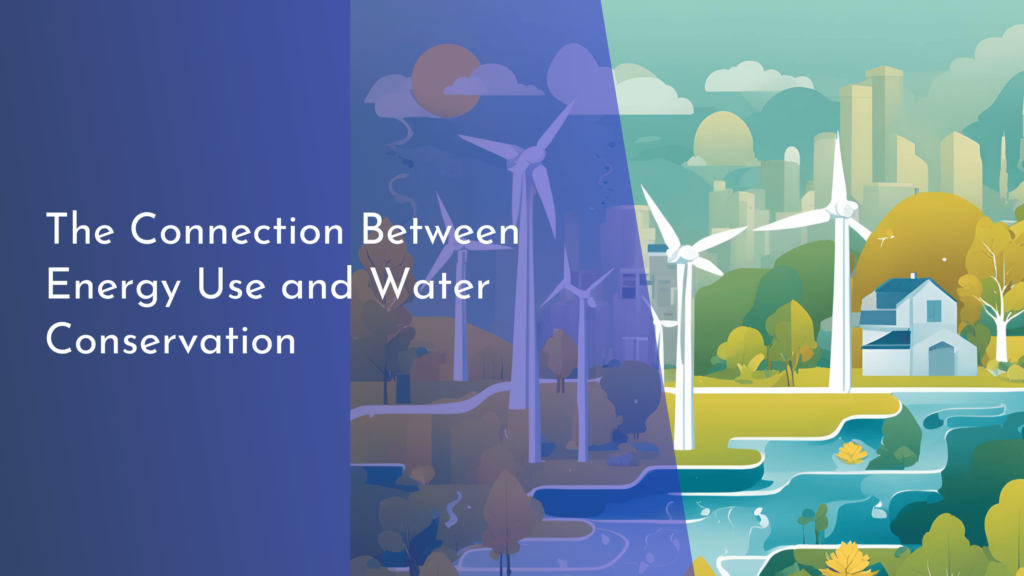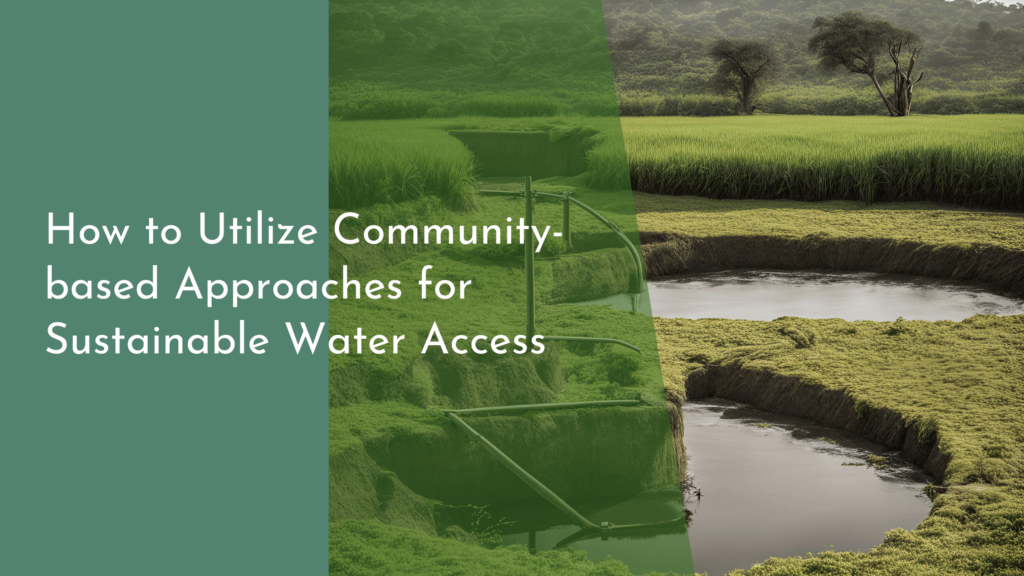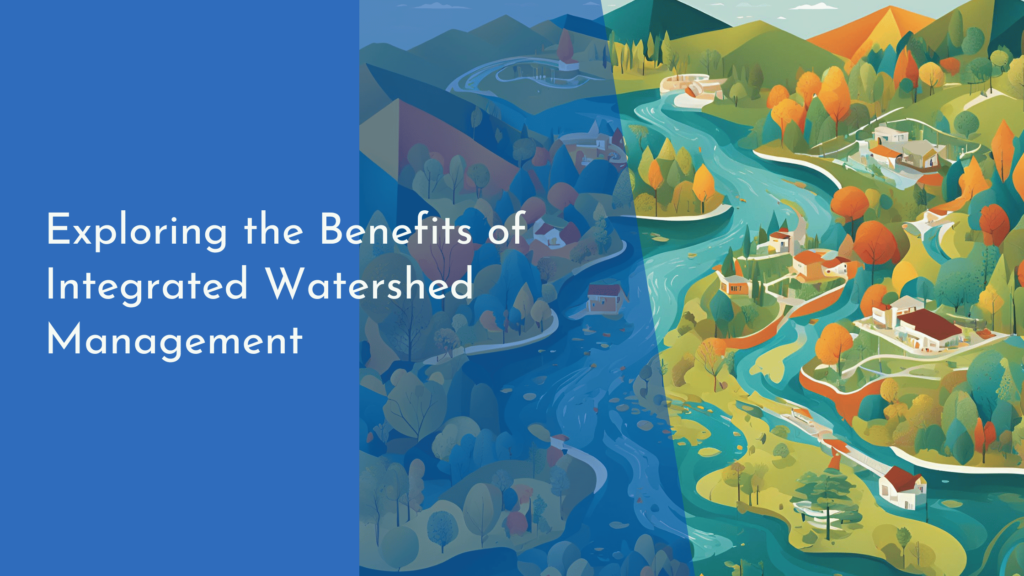The Significance of Cultural Narratives in Water Conservation
Water is a fundamental resource that sustains life on Earth, yet its conservation is a challenge that requires a multifaceted approach. Among the diverse strategies employed, cultural narratives stand out as a powerful tool for promoting water conservation. These stories, passed down through generations, encapsulate traditional wisdom, values, and practices that guide communities in their relationship with water. By exploring the significance of cultural narratives in water conservation, we can uncover how stories shape practices and attitudes, and how they can be leveraged to foster sustainable water management.
Understanding Cultural Narratives in Conservation
Cultural narratives are stories that embody the beliefs, values, and traditions of a particular community. They are an intrinsic part of cultural identity, serving as a vehicle for imparting important lessons and principles. In the context of water conservation, these narratives often emphasize the sacredness of water, the interdependence of life, and the necessity of balance and respect in using natural resources. By embedding these values into stories, communities are able to pass on crucial knowledge about sustainable practices and the importance of preserving water resources for future generations.
Moreover, cultural narratives have the power to connect people to their environment in meaningful ways. They evoke emotions and foster a sense of responsibility towards nature, encouraging individuals to adopt practices that promote water conservation. When people see water not just as a utility but as a vital part of their cultural heritage, they are more likely to engage in behaviors that protect this precious resource. This connection through storytelling can be especially potent in regions where water scarcity is a pressing concern, as it helps communities understand their impact on the ecosystem and motivates them to act.
Historical Impact of Stories on Water Practices
Throughout history, many cultures have relied on stories to convey essential water conservation practices. In Indigenous communities, oral traditions often include tales of water spirits and guardians, which serve to instill a sense of reverence and caution in using water. These stories, rich with symbolism and moral lessons, have historically guided communities in maintaining sustainable relationships with their water sources, ensuring that they use only what is necessary and respect natural cycles.
In ancient civilizations, such as those in Mesopotamia and Egypt, myths and legends about rivers and rainfall were closely tied to agricultural practices and water management systems. By embedding water conservation principles within these narratives, societies were able to develop sophisticated systems of irrigation and water storage. These stories not only helped organize communal efforts around water use but also instilled a shared understanding of the importance of preserving water resources, which was critical for survival and prosperity in those times.
Modern Examples of Cultural Narratives at Work
Today, cultural narratives continue to play a crucial role in water conservation efforts around the world. In many African communities, traditional stories and songs about rainmakers and water spirits are used to educate younger generations about the significance of preserving water sources. These narratives are often integrated into educational programs and community gatherings, reinforcing traditional water conservation practices and promoting a collective commitment to sustainable management.
In Australia, the Dreamtime stories of the Aboriginal and Torres Strait Islander peoples are a testament to the enduring power of cultural narratives in conservation. These stories, which describe the creation of the land and its waterways, are rich with lessons about the responsible use of natural resources. Aboriginal communities have successfully harnessed these narratives to advocate for the protection of water rights and to raise awareness about the importance of maintaining the ecological balance of their landscapes.
Embracing Stories for Future Conservation Efforts
Looking to the future, it is essential to embrace cultural narratives as an integral part of water conservation strategies. By integrating storytelling into conservation programs, we can tap into the emotional resonance and cultural significance these narratives hold for communities. Engaging storytellers and cultural leaders in conservation efforts can help foster a deeper connection between people and their water resources, inspiring collective action and long-term commitment to sustainable practices.
Additionally, incorporating cultural narratives into modern education systems can enrich water conservation curricula. By teaching students the historical and cultural contexts of water management, educators can foster a more comprehensive understanding of the importance of conservation. This approach not only preserves cultural heritage but also equips future generations with the knowledge and values needed to tackle contemporary water challenges.
Final Thoughts
Cultural narratives are more than mere stories; they are powerful tools that can influence behaviors and shape attitudes towards water conservation. By understanding the historical impact of these narratives and recognizing their modern applications, we can harness their potential to support sustainable water management. Embracing cultural narratives in our conservation efforts allows us to draw on the wisdom of the past while inspiring innovative solutions for the future. As we continue to face water scarcity and environmental challenges, let us remember the stories that connect us to our natural world and guide us towards a more sustainable future.

